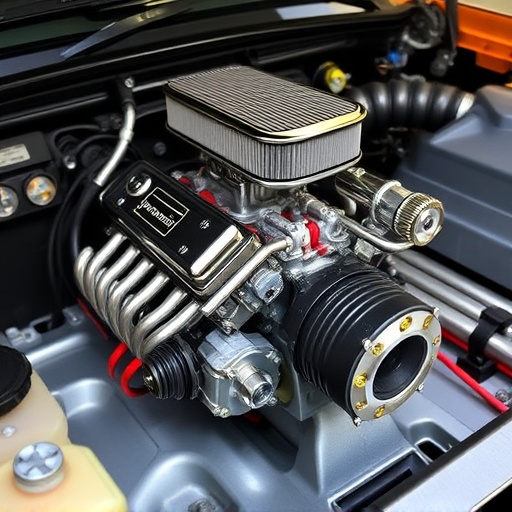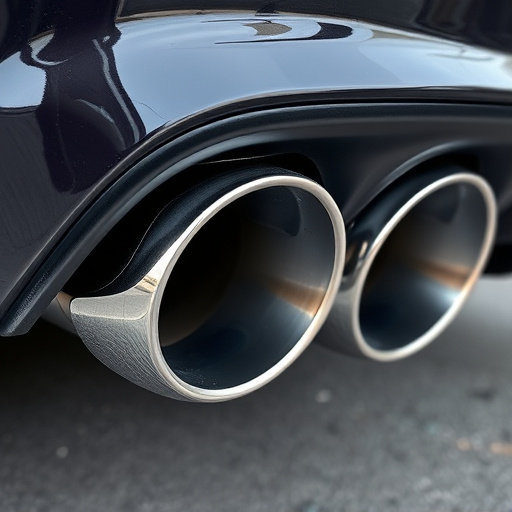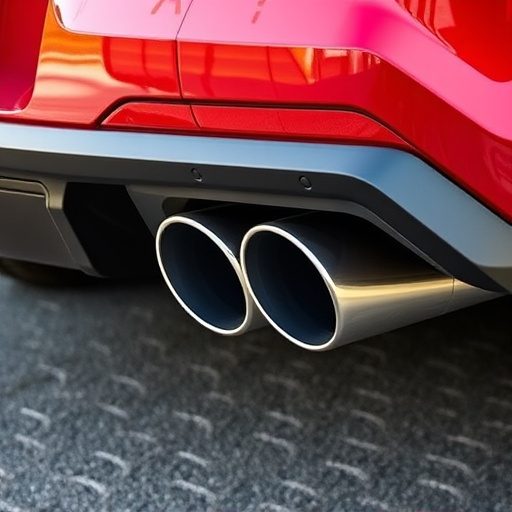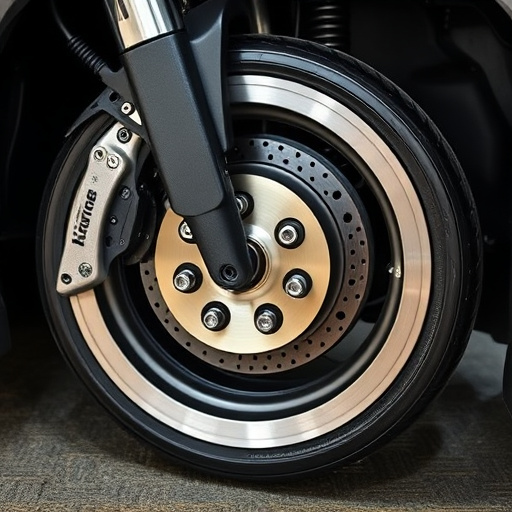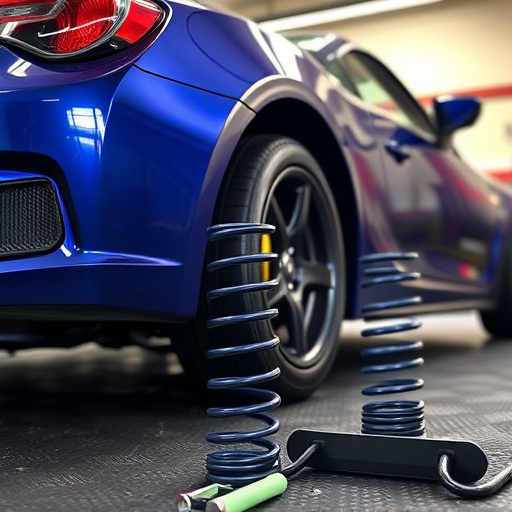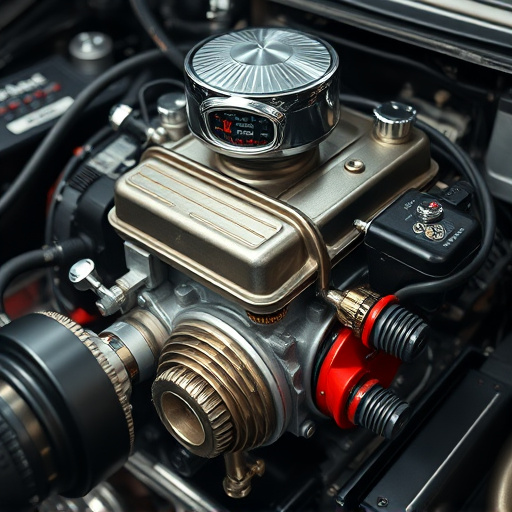An adjustable suspension system's peak performance and longevity rely on regular maintenance. This involves checking for wear, tear, and damage to all components, lubricating moving parts, and using high-performance upgrades. Proper adjustments according to driving conditions maximize benefits. New owners should refer to alignment spec sheets, inspect critical components regularly, and take proactive measures to avoid issues like irregular tire wear.
Discover how to keep your new adjustable suspension system in peak condition. This comprehensive guide delves into understanding the intricate components, performing regular maintenance checks for top performance, and troubleshooting common issues. Learn expert tips on adjustments needed to ensure your vehicle handles smoothly and safely. Optimize your ride with these essential practices tailored for your adjustable suspension system.
- Understanding Your Adjustable Suspension System Components
- Regular Maintenance Checks for Optimal Performance
- Troubleshooting Common Issues and Adjustments Needed
Understanding Your Adjustable Suspension System Components
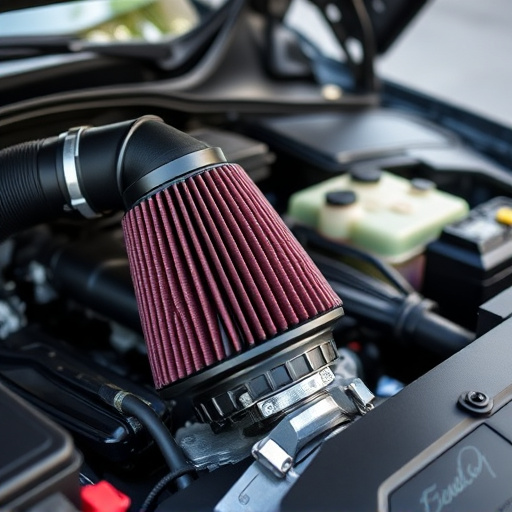
An adjustable suspension system is a complex network of components working together to enhance vehicle handling and comfort. Understanding each part and its function is key to proper maintenance. The system typically includes control arms, ball joints, struts or shock absorbers, coil springs, and an adjustment mechanism that allows for fine-tuning ride height and stiffness. Knowing how these pieces interact enables you to identify issues and perform basic adjustments.
For example, a cold air intake and performance air filters can affect the overall performance of your suspension. They enhance engine intake, but if not maintained properly, can lead to increased dust and debris entering the system, potentially damaging components over time. Similarly, an exhaust system plays a role in weight reduction, but its improper installation might disrupt suspension alignment. Regular checks and maintenance ensure your adjustable suspension system operates at peak efficiency, providing both safety and improved driving dynamics.
Regular Maintenance Checks for Optimal Performance
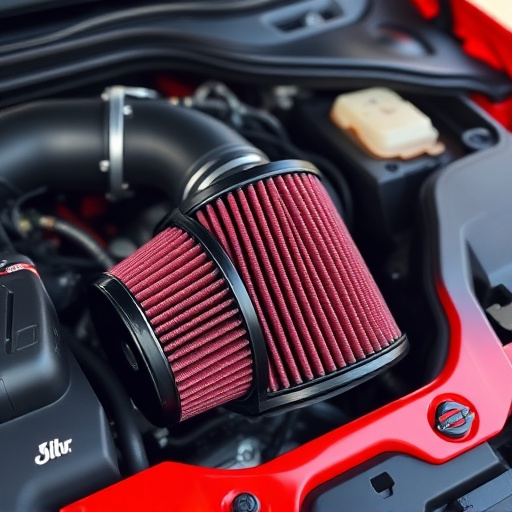
Regular maintenance checks are paramount for keeping your adjustable suspension system in top shape and ensuring optimal performance. These checks should include inspecting all components for any signs of wear, tear, or damage. Pay special attention to critical parts like brake rotors, as they play a vital role in overall vehicle stability and control. Regular lubrication of moving parts is also crucial; this includes the suspension kits and their various components. Using high-performance parts specifically designed for your model can significantly enhance durability and responsiveness.
Remember, proper adjustments are key to maximizing the benefits of your adjustable suspension system. Check and calibrate settings like spring tension, damping levels, and ride height according to your driving preferences and conditions. Consistent maintenance not only prolongs the lifespan of your suspension system but also ensures it remains reliable, providing a smoother and safer ride.
Troubleshooting Common Issues and Adjustments Needed
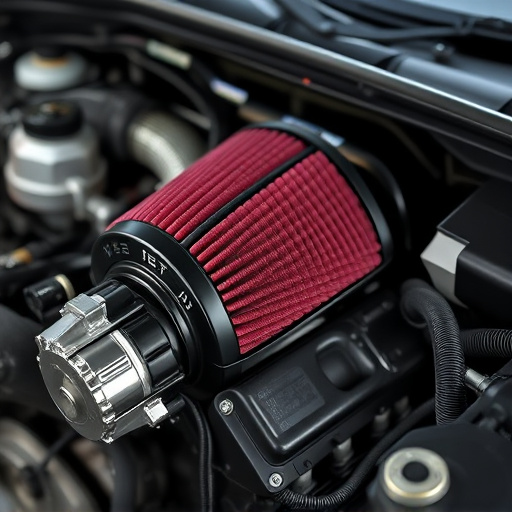
Many new owners of adjustable suspension systems face similar challenges when it comes to maintenance. The key is to recognize common issues early on and understand that adjustments are part of the process. One frequent problem is irregular tire wear, which often indicates misalignment or improper ride height settings. Check your vehicle’s alignment spec sheets provided by the manufacturer to ensure your system is correctly set up.
Additionally, keeping an eye on components like brake pads and rotors, as well as air intake systems, is essential. Over time, these parts may require replacement, especially if you’re frequently adjusting the suspension for off-road or performance purposes. Regularly inspect these areas for signs of wear, ensuring your safety and the optimal performance of your adjustable suspension system.
Proper maintenance of your adjustable suspension system is key to ensuring optimal performance and longevity. Regular checks, as outlined in this guide, will help catch any issues early on. By understanding your components, staying vigilant with maintenance, and knowing how to troubleshoot common problems, you can keep your adjustable suspension system running smoothly for years to come.
